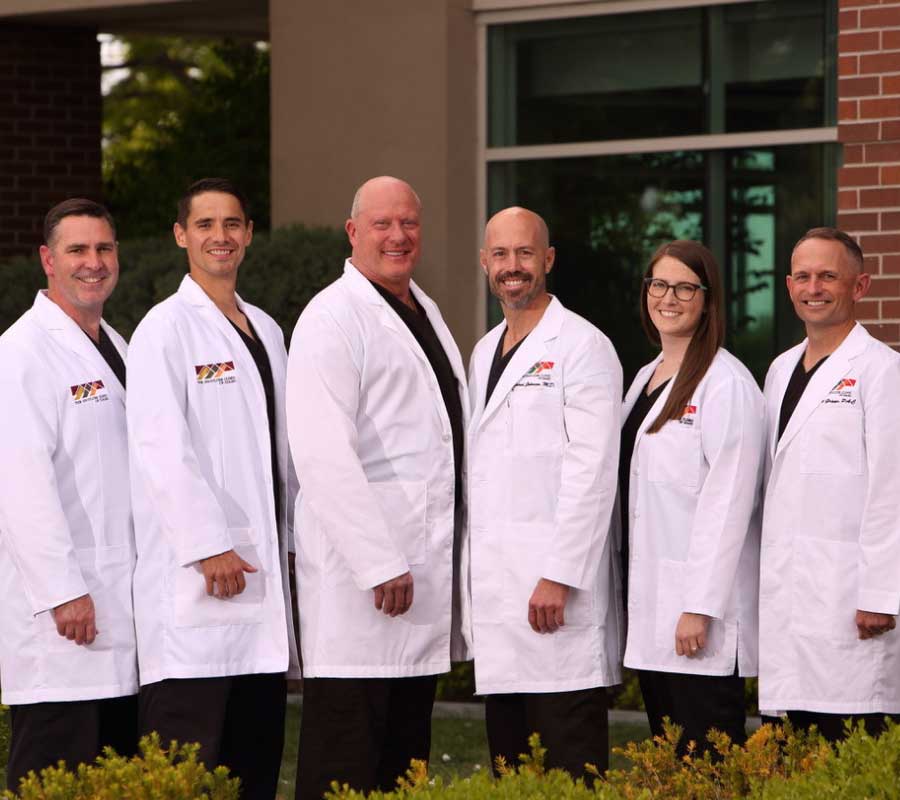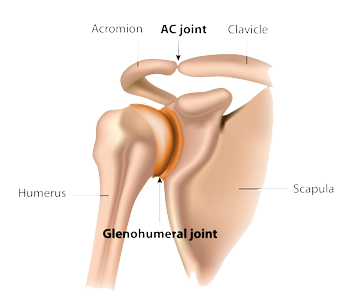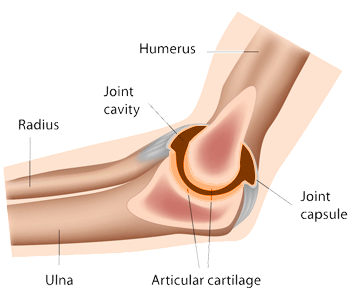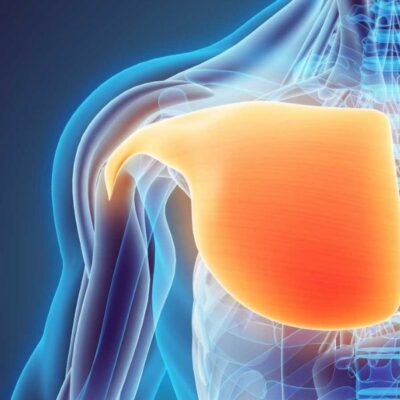Pectoralis Tendon Repair Surgeons

Are you an athlete who participates in heavy lifting? If so, you may be at risk of tearing your pectoralis major muscle. A surgical pectoralis major repair is the recommended treatment option in most cases of a pectoral tear. The pectoralis tendon repair surgeons at Shoulder Clinic of Idaho provide diagnosis and both surgical and nonsurgical treatment options for patients in the Boise area who have sustained a pectoralis major tear. Contact the Shoulder Clinic of Idaho team today!
What is a pectoralis tendon tear?
The pectoralis major muscle, more commonly known as the “pec,” is a large muscle located on the chest wall. The pec is a very powerful muscle that is critical for maximum strength in labor intensive workers, athletes and active individuals. The pectoralis tendon connects the pectoralis muscle from the sternum (center of the chest) and clavicle (collarbone), to the humerus (upper arm bone). A pectoralis tendon tear occurs when the tendon is torn away from the bone. As a result, an injury of the pectoralis major muscle jeopardizes the mechanics and strength of the shoulder.
This type of injury can affect an individual’s ability to perform activities of daily living and sporting activities. The orthopedic shoulder specialist at The Shoulder Clinic of Idaho have extensive experience in successfully treating patients in Boise, Meridian, Nampa, and the surrounding communities of the Treasure Valley who have experienced a pectoralis tendon tear.
What causes a pectoralis tendon tear?
The powerful pectoral muscle plays an important role in shoulder function by providing internal rotation and adduction (rotating the joint and the arm toward the body). A pectoralis tendon tear can occur during heavy lifting activities that require contraction of the pectoralis major muscle. Fifty percent of pectoralis tendon injuries happen when overloading the muscle while bench pressing. Most commonly associated with males between 20 and 50 years of age; strengthening exercises and contact sports are the main contributors to a pectoralis tendon tear.
What are the symptoms of a pectoralis tendon tear?
- Pain at the attachment site of the tendon; at the front of the upper arm.
- Popping sound or a tearing sensation with immediate pain.
- Bruising, swelling and tenderness in the area of the chest wall, armpit, and front of the shoulder where the tendon attaches.
- Weakness and pain when trying to lift.
- Distorted shape of the muscle on the affected side.
- Loss of firmness of the muscle on the chest wall and the side of the chest.
How is pectoralis tendon repair surgery done?
Ideally, a rupture or complete tear of the pectoralis major tendon should be repaired as soon as possible. The tendon can retract into the chest wall and repair can be more difficult when scarring is present. The orthopedic shoulder surgeons at The Shoulder Clinic of Idaho can reattach the torn muscle and tendon to the humerus (upper arm bone) using strong sutures and anchors. The goal is to obtain an anatomical reduction of the tendon foot-print while avoiding injury to the adjacent long head of the biceps.
In rare cases, if a pectoralis tendon repair needs to be performed more than three months after the tear, a tendon graft may be needed to complete the repair. Tendon grafts can be obtained from the patient (autograft) or from a donor (allograft).
What is the recovery time after a pectoralis tendon repair?
Patients are usually placed in a sling for three to six weeks following pectoralis tendon repair. Careful passive and active exercises are done with a physical therapist as prescribed by the orthopedic shoulder surgeons at The Shoulder Clinic of Idaho. After approximately three months, strengthening is allowed, with a full return to competitive activity after six months.
For additional information about chest or shoulder pain caused by a torn pectoralis tendon, or to see if you are a candidate for pectoralis tendon repair surgery, please visit the orthopedic shoulder surgeons at The Shoulder Clinic of Idaho, serving patients in Boise, Meridian, Nampa, and the surrounding communities of the Treasure Valley.



